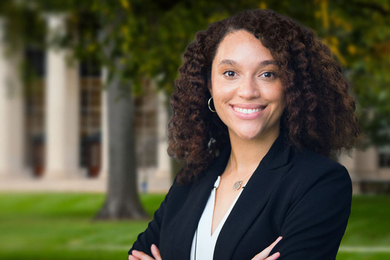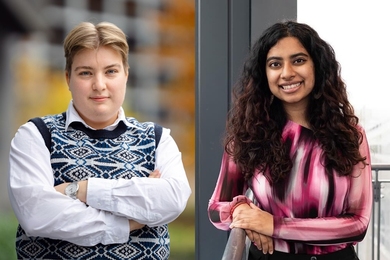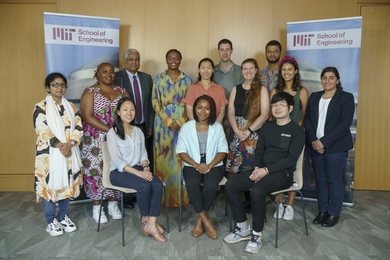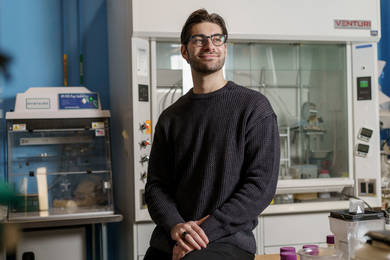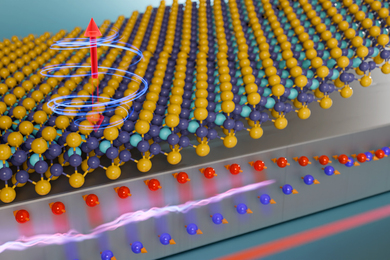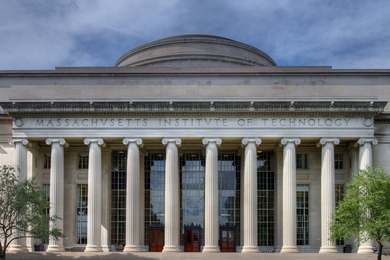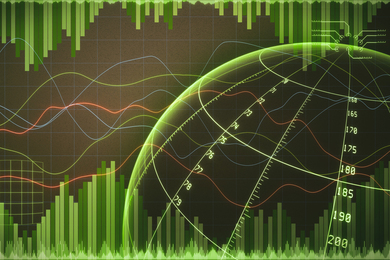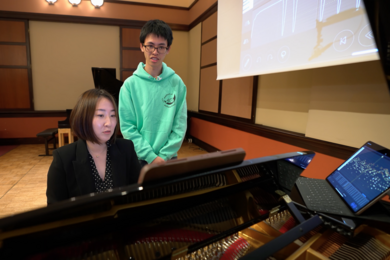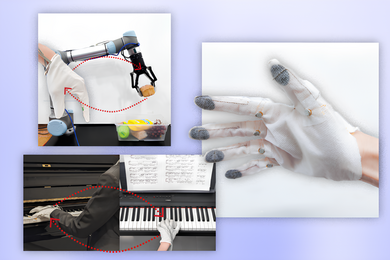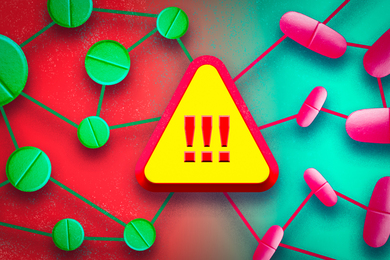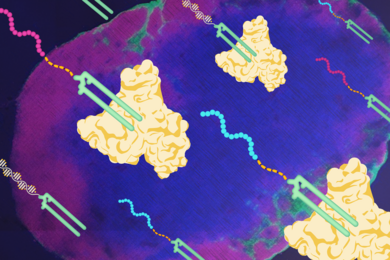Gosha Geogdzhayev and Sadhana Lolla named 2024 Gates Cambridge Scholars
The MIT seniors will pursue graduate studies at Cambridge University.
New AI model could streamline operations in a robotic warehouse
By breaking an intractable problem into smaller chunks, a deep-learning technique identifies the optimal areas for thinning out traffic in a warehouse.
Generative AI for smart grid modeling
MIT LIDS awarded funding from the Appalachian Regional Commission as part of a multi-state collaborative project to model and test new smart grid technologies for use in rural areas.
2023-25 MIT Postdoctoral Fellowship Program for Engineering Excellence cohort announced
Thirteen postdocs join program that emphasizes community and prioritizes professional development.
MIT engineers 3D print the electromagnets at the heart of many electronics
The printed solenoids could enable electronics that cost less and are easier to manufacture — on Earth or in space.
Nourishing the mind, hand, and stomach
A love of food and cooking unlocked senior Branden Spitzer’s interest in materials science and engineering.
Researchers harness 2D magnetic materials for energy-efficient computing
An MIT team precisely controlled an ultrathin magnet at room temperature, which could enable faster, more efficient processors and computer memories.
Thirty-five outstanding MIT students selected as Burchard Scholars for 2024
Undergraduates selected for the competitive program enjoy a seminar series and conversations over dinners with distinguished faculty.
Automated method helps researchers quantify uncertainty in their predictions
An easy-to-use technique could assist everyone from economists to sports analysts.
Play it again, Spirio
A piano that captures the data of live performance offers the MIT community new possibilities for studying and experimenting with music.
Smart glove teaches new physical skills
Adaptive smart glove from MIT CSAIL researchers can send tactile feedback to teach users new skills, guide robots with more precise manipulation, and help train surgeons and pilots.
New model identifies drugs that shouldn’t be taken together
Using a machine-learning algorithm, researchers can predict interactions that could interfere with a drug’s effectiveness.
This tiny, tamper-proof ID tag can authenticate almost anything
MIT engineers developed a tag that can reveal with near-perfect accuracy whether an item is real or fake. The key is in the glue on the back of the tag.
Hitchhiking cancer vaccine makes progress in the clinic
MIT spinout Elicio developed a vaccine based on a lymph node-targeting approach first developed at the Koch Institute. Phase 1 solid tumor clinical trial results are promising so far.
